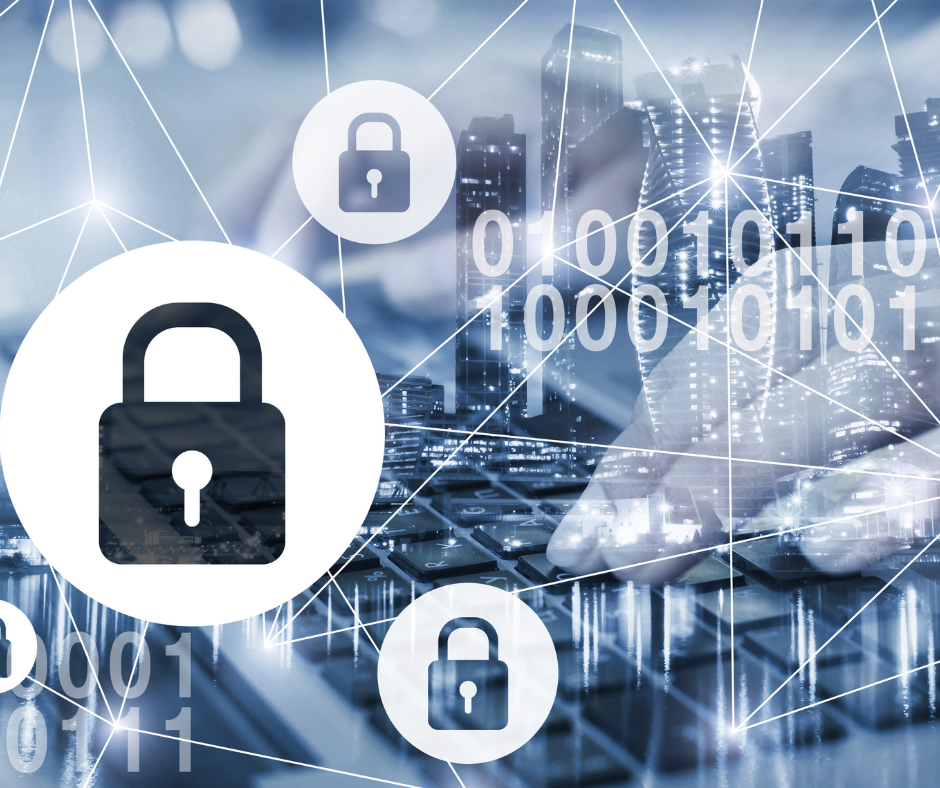Integrated Risk Management

INTEGRATED RISK MANAGEMENT
Risk management is the identification, evaluation, and prioritization of risks followed by coordinated and economical application of resources to minimize, monitor, and control the probability or impact of unfortunate events or to maximize the realization of opportunities.
Integrated risk management (IRM) is a holistic practice observed by risk-aware organizations that put a premium on corporate governance and cybersecurity. IRM enables company-wide visibility into governance processes through automation and technology integration. IRM is not synonymous with GRC, however: GRC vs IRM.
Facilitate risk workflows
to implement chosen risk management models, practices, methods and principles. Preconfigured workflows facilitate risk identification, ownership, impact analysis, scoring, controls assessment, remediation and reporting to suit a variety of business models and organization structures.
Aggregate risk-related data
from core business applications including customer- and partner-facing systems, IT operations and security operations, operational risk management, non-IT-incident management, corporate compliance management, and analytics and reporting tools in a central repository where it can be aggregated, normalized, parsed and correlated.
Design logic to enable risk prioritization
Design logic to enable risk prioritization and criteria definition to facilitate business decisions.


Express risk in business terms
employing a combination of qualitative and quantitative risk analysis approaches.
Create, automate and update risk scenarios and control repositories
in conjunction with asset inventory, business process definitions, incident and ticket analysis, and third-party engagement.
Provision mapped regulatory content and compliance mandates
from multiple authorities and standards-authoring bodies with plug-ins available for regulatory change management tools or feeds.
Provision industry-specific templates, content and plug-ins or APIs
to facilitate fulfillment of assurance requests from customer organizations, business partners or regulators at specified intervals.
ITRM critical capabilities include:
- Risk analysis
- Risk remediation
- Compliance content mapping
- Workflow design
- User experience (extends to non-ITRM users)
- Board and senior executive reporting
- Basic and advanced integrations (risk data sources)
- Digital asset discovery
- Near-real-time assessment


Under the Gartner definition, IRM has certain attributes:
- Strategy: Enablement and implementation of a framework, including performance improvement through effective governance and risk ownership
- Assessment: Identification, evaluation and prioritization of risks
- Response: Identification and implementation of mechanisms to mitigate risk
- Communication and reporting: Provision of the best or most appropriate means to track and inform stakeholders of an enterprise’s risk response
- Monitoring: Identification and implementation of processes that methodically track governance objectives, risk ownership/accountability, compliance with policies and decisions that are set through the governance process, risks to those objectives and the effectiveness of risk mitigation and controls
- Technology: Design and implementation of an IRM solution (IRMS) architecture


